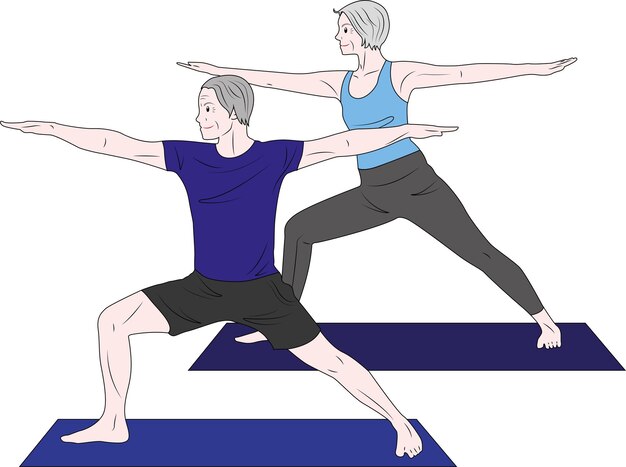Uneven bars vector women gymnastics

Uneven bars vector women gymnastics is an exciting and dynamic form of physical training and performance art that emphasizes agility, balance, and precision. It’s a discipline that empowers women of all ages to develop not only physical strength but also mental discipline, as they perform routines that demonstrate flexibility, coordination, and technique. Whether you’re a beginner exploring gymnastics for the first time or a parent seeking the best options for your daughter, this guide will walk you through the essential steps to get started in women’s gymnastics, specifically with a focus on “vector” aspects—referring to the combination of direction, momentum, and control in gymnastics movements.
Understanding Gymnastics Disciplines
Gymnastics is a broad field that includes various disciplines. For women, the two primary categories are Artistic Gymnastics and Rhythmic Gymnastics.
Artistic Gymnastics vs Rhythmic Gymnastics
Artistic gymnastics involves apparatus such as the balance beam, uneven bars, vault, and floor exercises. Women’s artistic gymnastics is known for its emphasis on strength, speed, and dynamic routines that showcase acrobatic skills.
On the other hand, rhythmic gymnastics combines elements of dance with the use of props like ribbons, hoops, and balls. This discipline places a stronger focus on flexibility, grace, and fluid movement.
Key Elements in Women’s Artistic Gymnastics
- Balance Beam: A four-inch-wide beam where gymnasts perform jumps, turns, and flips while maintaining balance.
- Uneven Bars: A set of bars where gymnasts swing, rotate, and transition from one bar to another with agility.
- Vault: Gymnasts sprint down a runway and perform a vault over a table, demonstrating speed, power, and control.
- Floor Exercises: Tumbling passes, dance elements, and acrobatic skills are combined in a choreographed routine.
Key Elements in Women’s Rhythmic Gymnastics
- Hoop: Performers execute spins, rolls, and throws while maintaining control over the hoop.
- Ribbon: A long ribbon is used to create intricate patterns in the air, synchronized with fluid body movements.
- Ball: Gymnasts perform throws, catches, and rolls with a ball, emphasizing precision and grace.
Importance of Early Training in Gymnastics
How Early Should You Start?
Gymnastics is a sport that rewards early training, with many gymnasts beginning their practice as early as ages 4 to 6. Early exposure helps young athletes develop foundational skills such as coordination, flexibility, and strength, which are crucial for long-term success uneven bars vector women gymnastics.
Benefits of Early Gymnastics Training for Girls
- Physical Development: Gymnastics builds core strength, enhances flexibility, and improves balance from a young age.
- Discipline and Focus: Gymnastics requires discipline, concentration, and an ability to learn complex routines and movements.
- Confidence: As young gymnasts learn new skills and improve, their self-confidence grows significantly.
Setting Your Goals for Gymnastics
Competitive vs Recreational Gymnastics
One of the first decisions to make is whether you want to pursue gymnastics recreationally or competitively. Recreational gymnastics is perfect for those who want to enjoy the sport and stay fit without the pressure of competition. Competitive gymnastics, on the other hand, involves training for meets and competitions, with a focus on progressing through levels and achieving specific skills uneven bars vector women gymnastics.
Establishing Short and Long-term Goals
- Short-term Goals: These might include mastering a specific skill, improving flexibility, or achieving a personal best in practice.
- Long-term Goals: These could be progressing through different levels of gymnastics, qualifying for competitions, or even pursuing gymnastics at a collegiate or professional level.
Choosing the Right Gymnastics Program
What to Look for in a Gymnastics Facility
- Safety: A well-maintained facility with proper safety protocols is essential. Look for gyms that use mats, padding, and safe apparatuses.
- Qualified Coaches: The quality of coaching can make a big difference in a gymnast’s development. Coaches should be certified and experienced in teaching gymnastics to girls and women.
- Class Sizes: Smaller class sizes ensure more individual attention and safer instruction.
The Role of Coaches in Gymnastics Development
Coaches are integral to a gymnast’s progress. They not only teach technique but also motivate and guide athletes through their physical and mental development in the sport.

Equipment Needed for Women’s Gymnastics
Basic Gymnastics Gear
To get started, beginners don’t need a lot of fancy equipment. The basics include:
- Leotards: Gymnasts typically wear leotards for comfort and flexibility during routines.
- Grips: For athletes working on uneven bars, grips help protect the hands and enhance grip.
- Footwear: Some gymnasts prefer wearing specialized shoes for additional grip, especially in rhythmic gymnastics.
Home Gymnastics Equipment
For those practicing at home, items like balance beams, mats, and flexibility bands can be helpful for building strength and confidence outside the gym.
Building Strength and Flexibility for Gymnastics
Importance of Strength in Gymnastics
Gymnastics demands incredible core, upper body, and lower body strength. Exercises such as push-ups, pull-ups, and bodyweight squats are essential for building the muscles needed to perform complex gymnastics skills.
Flexibility Exercises to Improve Performance
Stretching is equally important. Incorporating regular flexibility exercises like splits, bridges, and dynamic stretches helps improve range of motion and reduces the risk of injury uneven bars vector women gymnastics.
Safety Measures in Women’s Gymnastics
Common Gymnastics Injuries
Due to the high physical demands of gymnastics, injuries like sprains, strains, and fractures are common. Key areas at risk include the wrists, ankles, and knees.
How to Prevent Injuries in Gymnastics
- Proper Warm-up: Always start with a thorough warm-up to prepare muscles for intense physical activity.
- Strength Training: Strengthening the muscles around joints can help protect them from injury.
- Rest and Recovery: Give your body time to recover between practices to prevent overuse injuries.
FAQs on Vector Women Gymnastics
1. At what age should girls start gymnastics?
Most girls begin gymnastics between ages 4 and 6, which helps them develop early skills like coordination and flexibility.
2. What is the difference between artistic and rhythmic gymnastics?
Artistic gymnastics emphasizes strength and acrobatic skills, while rhythmic gymnastics focuses on grace and the use of props like hoops and ribbons.
3. What should I look for in a gymnastics coach?
Look for a coach with proper certifications, experience in women’s gymnastics, and a supportive teaching style.
4. How can I avoid injuries in gymnastics?
Always warm up before practicing, focus on strength training, and follow safety guidelines during exercises to minimize injury risks.
5. What equipment do I need to start gymnastics at home?
Home practice can begin with basic equipment like a mat, a balance beam, and resistance bands to build strength and flexibility.
6. How can parents support their daughters in gymnastics?
Encourage them by attending competitions, supporting their goals, and helping them manage their time between school and training.




